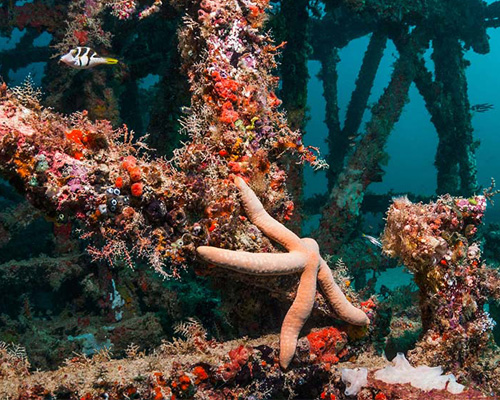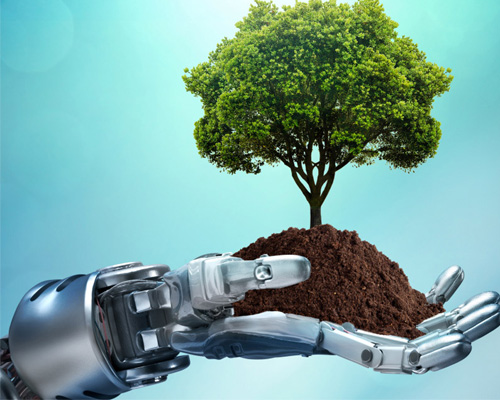Artificial Reefs – Restoring Ocean Life
The world’s oceans are teeming with life, yet human activities such as overfishing, pollution, and climate change have caused severe damage to marine ecosystems. One innovative solution making waves in ocean conservation is the creation of artificial reefs — man-made structures designed to mimic the natural reef environment and provide shelter, food, and breeding grounds for marine species. What Are Artificial Reefs? Artificial reefs are carefully engineered structures placed on the ocean floor to encourage marine life to settle and thrive. They can be made from eco-friendly concrete, specially designed steel frameworks, or even repurposed ships and vehicles — cleaned and treated to ensure they are safe for the environment. How Artificial Reefs Restore Ocean Life 1. Habitat Creation Natural coral reefs take centuries to grow, but artificial reefs can provide an instant habitat for fish, corals, crustaceans, and other marine organisms, helping revive degraded areas. 2. Supporting Biodiversity These reefs attract a variety of marine life, from small fish seeking shelter to larger predators hunting for food. Over time, algae and corals begin to grow on the structures, turning them into thriving ecosystems. 3. Protecting Natural Reefs By offering alternative diving and fishing spots, artificial reefs help reduce the pressure on fragile natural reefs, giving them time to recover. 4. Boosting Local Economies Artificial reefs can increase tourism opportunities such as diving and snorkeling, as well as enhance fish populations for sustainable fishing practices. Environmental Considerations While artificial reefs offer immense benefits, they must be carefully planned and monitored. Poorly designed or misplaced structures can harm rather than help marine life. Materials must be non-toxic, durable, and compatible with the surrounding ecosystem. A Step Toward Ocean Restoration Artificial reefs are a reminder that human innovation, when guided by environmental responsibility, can help reverse damage and give nature a second chance. With proper planning and sustainable practices, these man-made structures can become vibrant underwater sanctuaries, bringing life back to our oceans.




